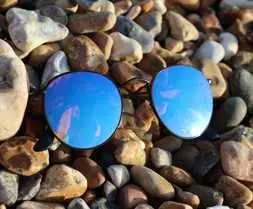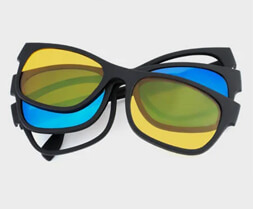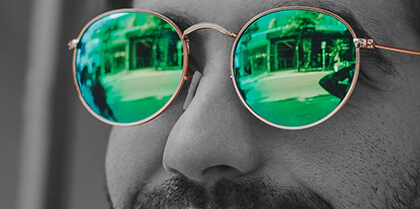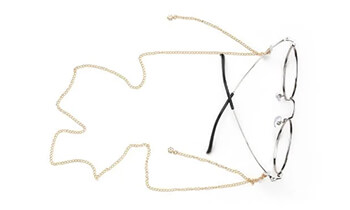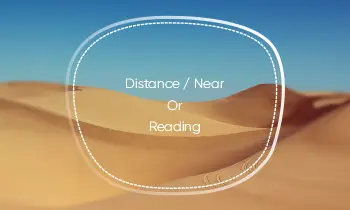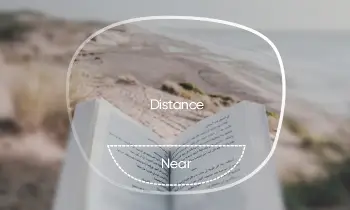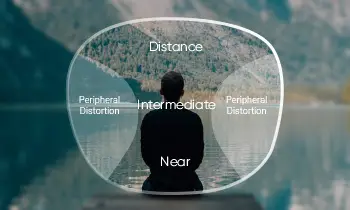Summer arrives, it is straightforward to cause abnormal vasoconstriction when the temperature difference between indoors and outdoors is too significant and when you suddenly enter a room full of cold air from a hot outdoor area. This action may not only lead to stroke or heart attack. There is also a risk of eye strokes due to abnormal vasoconstriction in the fundus of the eye.
What is eye stroke?
The eyes, like our brains, have blood vessels in them. When the blood vessels are blocked, the retina will be blocked due to ischemia and hypoxia, resulting in necrosis of the optic cells. This can lead to varying degrees of visual impairment and even near blindness. Blockage of blood vessels in the fundus can be broadly divided into two types: One is an arterial vascular blockage, and the other is a venous vascular blockage.
The most terrible is an arterial blockage that will soon cause blindness, one of the top ten ophthalmic emergencies. Unfortunately, really can be salvaged is also a tiny part; the majority of the remaining population will have varying degrees of sequelae. Therefore, the timing of resuscitation is essential!
The golden 90 minutes
The "golden 90 minutes" means that if you go to the hospital for thrombolysis treatment within 90 minutes of the onset of eye stroke, you may be able to restore some of your vision. However, once the retinal ischemia exceeds 90 minutes, the death of photoreceptor cells is irreversible! To save a stroke in the eye is the same as a stroke in the brain; we must race against time. The sooner, the better!
Are there any signs of eye strokes?
The blockage of arteries and veins in the fundus is painless, and only about a quarter of people may experience signs, such as a sudden total blackness in one eye, with no light at all, which may last for ten seconds or a few minutes. Or suddenly blurred vision, visual distortion, etc., must pay attention to timely access to medical care, do not think that the eyes are tired, rest will be fine, and miss the best time to rescue.
Eye strokes are important for prevention
Eye strokes have a rapid onset and a high rate of blindness, and various factors can cause them. Middle-aged and older people with underlying medical conditions and young people who use their eyes excessively are at risk for eye strokes. In addition, the heat or cold stimuli may trigger eye strokes.
People who use their eyes excessively for a long time must pay attention to the combination of work and rest and not keep their eyes in a state of long-term tension and high pressure. In addition, middle-aged and older people should treat primary diseases well; people with vascular diseases should take anticoagulant drugs regularly to prevent the formation of blood clots in blood vessels.
It is also essential to have an annual eye exam. Fundus photography will allow you to see the arterial and venous blood flow in the fundus; if the blood vessels are narrow, it is easy to trigger blockage, and timely detection of these risk factors is vital for prevention.
At the same time, participation in physical activities at a reasonable time and intensity; Getting enough sleep; Controlling weight or losing weight; Adjusting the diet; Maintaining psychological balance and stopping smoking and drinking; Reducing salt intake, and eating less fatty food are all measures to prevent eye strokes.





